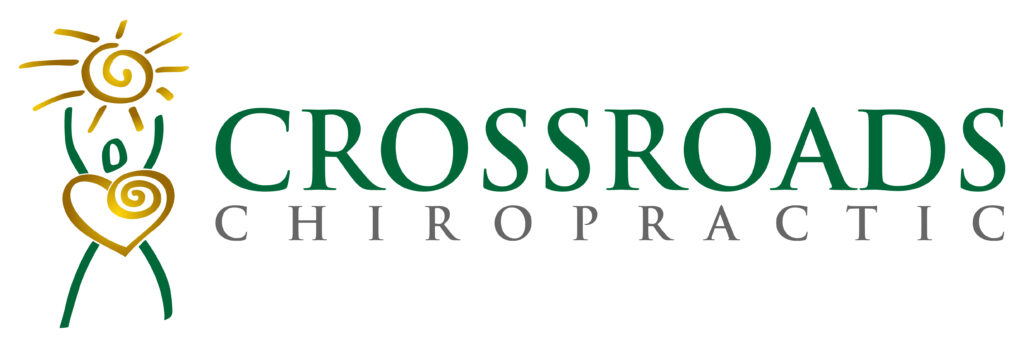Beauty products promise flawless skin and luscious hair, but behind these promises often lie harmful chemicals that can pose significant health risks. Thankfully consumers are becoming increasingly conscious of what they put on their bodies. With over 10,000 chemicals used to formulate cosmetics, understanding the hidden dangers in beauty products and how to choose healthier alternatives is more crucial than ever.
The Hidden Dangers
- Parabens Parabens, commonly used as preservatives, prevent the growth of bacteria and mold in cosmetic products. However, research has linked parabens to hormonal disruptions because they can mimic estrogen in the body. This hormonal imbalance is associated with an increased risk of breast cancer and reproductive issues.
- Phthalates Phthalates are used to make products more pliable and to stabilize fragrances. These chemicals are known endocrine disruptors and have been linked to reproductive abnormalities, early puberty in girls, and even obesity. Despite their risks, phthalates are often not listed on product labels, hidden under the term “fragrance.”
- Sodium Lauryl Sulfate (SLS) and Sodium Laureth Sulfate (SLES) These surfactants are found in shampoos, body washes, and cleansers to create lather. While they effectively remove dirt and oil, they can also strip the skin and hair of natural oils, leading to dryness and irritation. Prolonged exposure can cause more severe skin problems and has been linked to liver toxicity.
- Formaldehyde Releasers Used in products to prevent bacterial growth, formaldehyde is a known carcinogen. Ingredients like DMDM hydantoin, diazolidinyl urea, and quaternium-15 release formaldehyde over time. Exposure can lead to skin sensitivity, respiratory issues, and a heightened risk of cancer.
- Synthetic Fragrances Often listed simply as “fragrance,” these can contain a cocktail of chemicals, many of which are harmful. Synthetic fragrances are known to cause allergic reactions, respiratory issues, and hormone disruptions. The term “fragrance” can mask the presence of phthalates, further increasing health risks.
Choosing Healthier Alternatives
Navigating the beauty aisles for safer products requires knowledge and vigilance. Here are steps to make healthier choices for your skin and hair:
- Read Labels Thoroughly Become an avid label reader. Avoid products that list parabens, phthalates, SLS, SLES, formaldehyde releasers, and synthetic fragrances. Look for clear, transparent labeling from brands that prioritize consumer health.
- Opt for Natural and Organic Products Certified natural and organic products are less likely to contain harmful chemicals. These certifications often require stringent standards, ensuring the absence of synthetic preservatives, fragrances, and other toxic ingredients. Brands like Dr. Bronner’s, Burt’s Bees, and Weleda are known for their commitment to natural ingredients.
- Understand Certification Labels Familiarize yourself with certification labels such as USDA Organic, Ecocert, and COSMOS-standard. These labels indicate that a product meets specific organic or natural standards. However, be cautious of “greenwashing,” where brands falsely claim to be natural or organic without proper certification.
- DIY Beauty Solutions Embrace DIY beauty treatments using ingredients from your kitchen. Coconut oil, honey, avocado, and aloe vera can serve as effective, chemical-free alternatives for moisturizing, exfoliating, and treating skin and hair.
- Use Fragrance-Free or Naturally Scented Products Choose products labeled as “fragrance-free” or those scented with natural essential oils instead of synthetic fragrances. Essential oils like lavender, chamomile, and rosemary not only smell wonderful but also offer therapeutic benefits.
- Patch Test New Products Always perform a patch test when trying new products. Apply a small amount to your wrist or behind your ear and wait 24 hours to check for any adverse reactions. This simple step can prevent potential irritations and allergic reactions.
- Research Brands and Products Take advantage of online resources and apps that rate the safety of beauty products, such as EWG’s Skin Deep database or the Think Dirty app. These tools provide insights into the safety and toxicity of product ingredients, helping you make informed choices.
- Simplify Your Routine Less is often more when it comes to beauty routines. Minimize the number of products you use daily. A simple routine with a gentle cleanser, moisturizer, and sunscreen can be just as effective as an elaborate regimen, reducing your exposure to harmful chemicals.
Awareness is the first step towards healthier beauty choices. By understanding the hidden dangers in conventional beauty products and knowing how to select safer alternatives, you can protect your skin, hair, and overall health. Remember, beauty should not come at the cost of your well-being. Prioritize products that care for you naturally and healthily, and let your inner beauty shine through safely.
